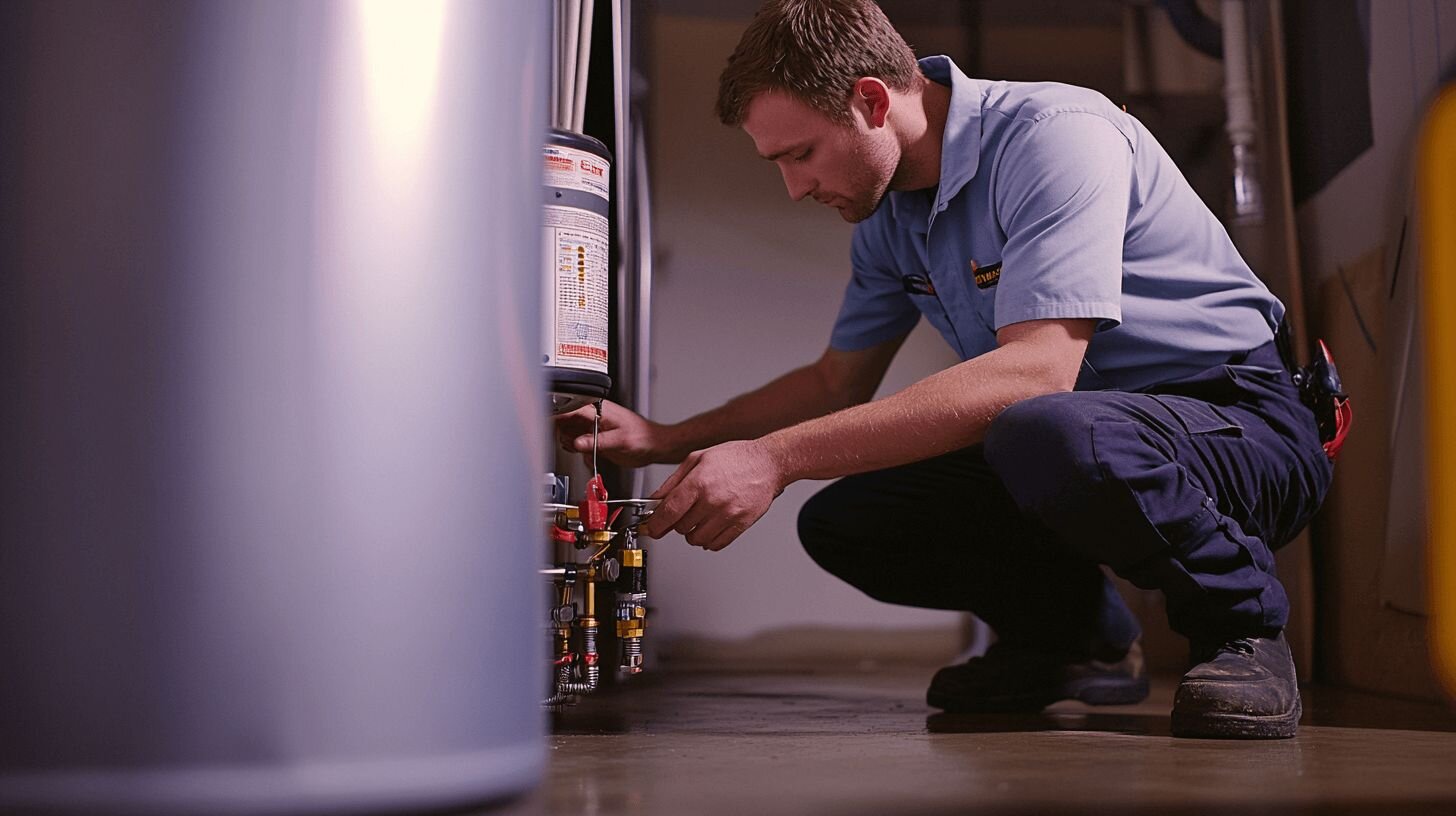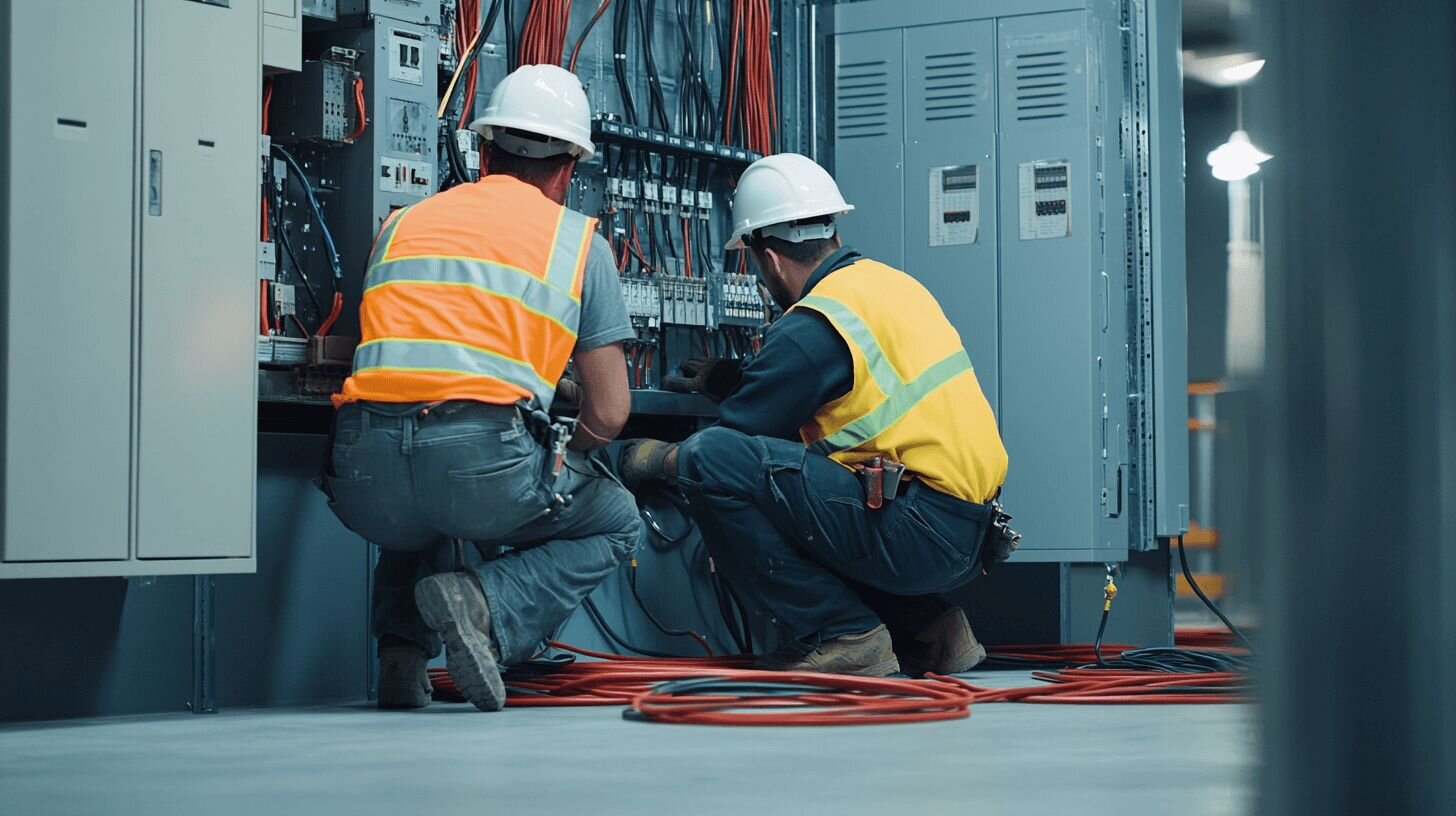Come October 6, 2026, the commercial water heaters you install and service won’t look the same. New federal efficiency standards are on the books, and that means changes are coming, especially for gas-fired units.
If you're bidding on jobs, managing equipment specs, or stocking for long-term projects, now’s the time to get familiar with what’s changing and why.
New DOE Rules Are Locked In
Back in October 2023, the U.S. Department of Energy (DOE) finalized a rule that raises minimum efficiency standards for gas-fired commercial water heaters. These new requirements go into effect for all products manufactured on or after October 6, 2026.
To meet these updated standards, manufacturers will have to shift to condensing technology. That applies to both storage and tankless models. Older, non-condensing models that are still on shelves before that date can still be sold and installed, but once they’re gone, they’re gone.
This shift marks a major change for commercial contractors who’ve relied on non-condensing systems for years. If you’re working in schools, hotels, offices, or large facilities, your options are about to narrow. It’s time to prepare.
How Commercial Water Heaters Are Regulated
Unlike residential systems, commercial water heaters are measured by Thermal Efficiency (TE) and Standby Loss (SBL). These metrics are reviewed by the DOE every six years.
Federal law also ties commercial water heater rules to ASHRAE Standard 90.1, which sets building energy codes for commercial buildings. Every time ASHRAE updates that standard (usually every three years) the DOE is required to revisit commercial water heater efficiency rules to stay aligned. That’s exactly what triggered the 2023 rule change. And once the standard is raised, there’s no turning back.
Federal law includes what's known as an “anti-backsliding” provision. This rule prohibits DOE from loosening efficiency standards after they’ve been finalized. So once condensing technology becomes the baseline in 2026, there’s no going back to lower-efficiency models, even if market pressures or politics shift.
One Special Category to Know
There’s a niche product line worth flagging: residential-duty commercial water heaters. These are gas-fired storage tanks with inputs between 75,000 and 105,000 Btu/h, less than 120 gallons of storage, and outlet temps below 180°F.
Even though DOE classifies them as commercial products, their efficiency is measured using residential metrics. That’s an important wrinkle if you’re working on projects where this hybrid class applies, like small commercial properties or light-duty applications.
But for everything else in the commercial space, standard commercial rules apply, and that means condensing will be the new normal.
What Contractors Should Be Doing Now
This change affects how systems are designed, priced, and installed. If you’re not prepping, you’re playing catch-up. Here’s what to consider:
- Talk to your suppliers. Make sure they’re on track to stock compliant models before the deadline hits.
- Review current specs. For projects that will break ground close to or after the October 2026 date, confirm that the equipment you’re planning to install will still be legal to manufacture.
- Train your teams. Condensing systems require different venting, drainage, and setup procedures. Make sure your crew is ready.
- Communicate with clients. Higher-efficiency systems may carry different price tags or maintenance needs. Set expectations early so there are no surprises.
Don’t Wait for the Deadline
Starting October 6, 2026, every newly manufactured gas-fired commercial water heater in the U.S. must meet higher efficiency standards. Contractors need to stay ahead by protecting margins, planning for product availability, and making sure today’s equipment specs still align with what will be on the shelf in the future.



